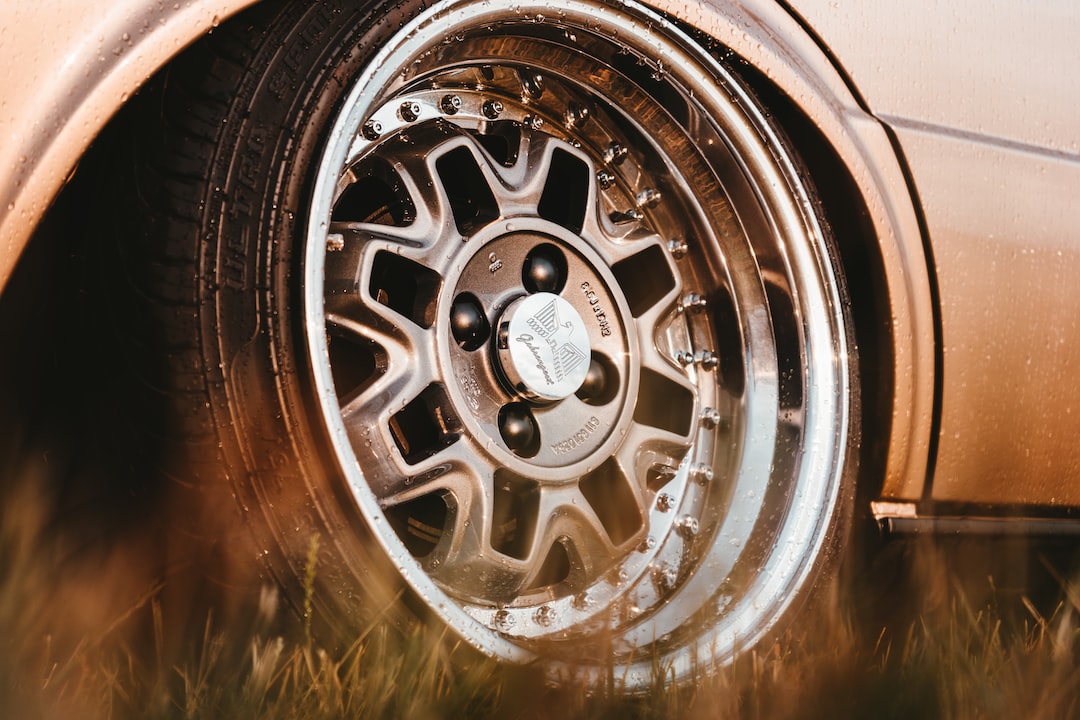Common Car Problems and How to Troubleshoot Them
Car troubles can be incredibly frustrating, especially when they leave you stranded on the side of the road. However, many common car problems can be easily diagnosed and sometimes even fixed by yourself. In this blog post, we will discuss some common car problems and provide troubleshooting tips to help you get back on the road.
1. Dead Battery: One of the most common car problems is a dead battery. If your car won’t start and you hear a series of clicking sounds when you turn the key, it is likely due to a dead battery. To troubleshoot, you can try jump-starting the car with jumper cables or connecting it to a battery charger. If this doesn’t work, it might be time to replace the battery.
2. Flat Tire: Flat tires are another common issue, and they can occur due to a puncture or insufficient tire pressure. If you notice a sudden loss of air or hear a hissing sound, it is likely that you have a flat tire. To troubleshoot, you can first inspect the tire for any visible punctures. If you find one, you can use a tire patch kit to fix it temporarily. Alternatively, you can change the tire with your spare if you have one.
3. Overheating Engine: An overheating engine is a sign of trouble, often caused by a coolant leak or a malfunctioning radiator. If you see the temperature gauge rising rapidly or steam coming from the engine, it is crucial to address the issue immediately. First, turn off the engine and let it cool down. Once it is safe, you can check the coolant level and look for any leaks. If necessary, add coolant and bring the car to a mechanic for further inspection.
4. Malfunctioning Alternator: If you experience dimming headlights, a dead battery, or difficulty starting the car, it may be due to a malfunctioning alternator. The alternator is responsible for charging the battery while the engine is running. To troubleshoot, you can use a multimeter to check the alternator’s voltage output. If it falls below the recommended range, it may need to be replaced.
5. Check Engine Light: The check engine light can indicate a variety of issues, ranging from minor to more serious problems. To troubleshoot, you can use an OBD-II scanner to read the diagnostic trouble code (DTC). This code will provide valuable information about the issue, allowing you to pinpoint the problem. Depending on the severity of the issue, you can either fix it yourself or seek professional help.
While these troubleshooting tips can help with common car problems, it’s important to remember that safety should always be your top priority. If you are unsure about any repairs or if the problem persists, it is best to consult a professional mechanic. Regular maintenance and periodic check-ups can also help prevent many car problems, ensuring smooth and reliable transportation.

